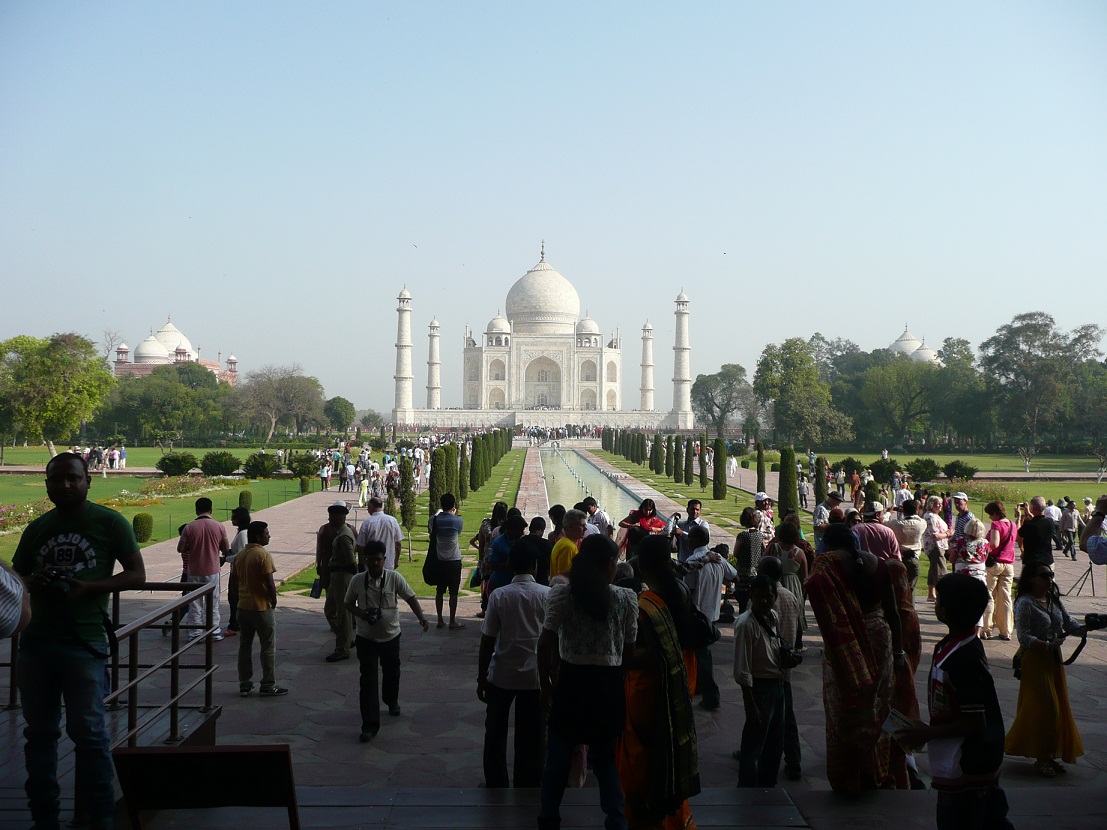Rajasthan incorporating New Delhi, Jaipur and Agra. Pics & words by Barry Greville-Eyres
 |
|
Men in uniform on the streets of Jaipur - music on the move! Rajasthan is culturally rich and has artistic and cultural traditions
which reflect the ancient Indian way of life.
|
 |
| A Palace with a view! An impressive garden and water feature seen from the Amber Fort |
 |
| Intricate designs at the Amber Palace - Jaipur |
 |
| The blogger's travel companions ... remarkable ladies capable of bringing any man, beast or behemoth to its knees! |
 |
Toasting the wannabe Maharajah! A superb day out with Elefantastic Elephant Tours - Jaipur - highly recommended!
|
 |
| A night out at the Rajasthan Cultural Centre - authentic vegetarian cuisine |
 |
| Monkey Temple on the outskirts of Jaipur |
 |
| Worshippers at the Monkey Temple |
 |
|
Rajasthan, known as
"the land of kings," covers 10.4% of India by land area and is
located in the northwest of the country. Jaipur is the capital and the largest
city of the state.
|
 |
| A memorable pic of the gals at the Hawa Mahal - Jaipur! |
 |
| Madhavendra Palace which overlooks the city of Jaipur. |
 |
Perfect symmetry at the Madhavendra Palace
|
 |
| Domestic tourists appreciate local sights and delights! |
 |
| Exquisite gardens at the Amber Palace |
 |
| Home visit and authentic Rajasthan cuisine, features of the Elefantastic Elephant Tours experience. |
 |
|
Originating for the Marwar region of the state
is the concept Marwari Bhojnalaya, or vegetarian restaurants, today found in
many part of India, which offer vegetarian food of the Marwari people.
|













No comments:
Post a Comment